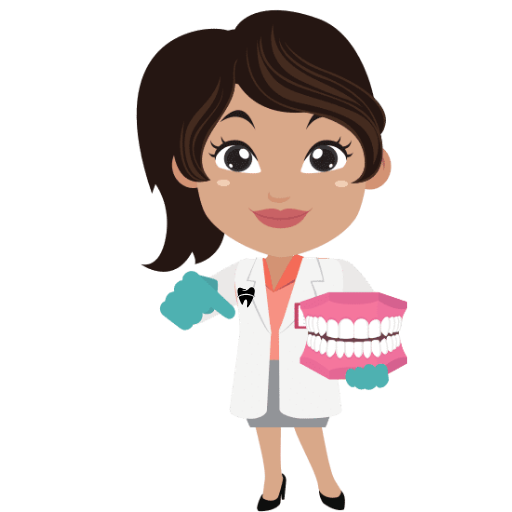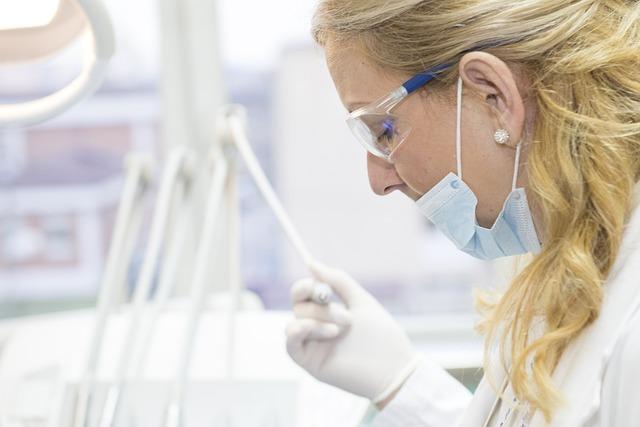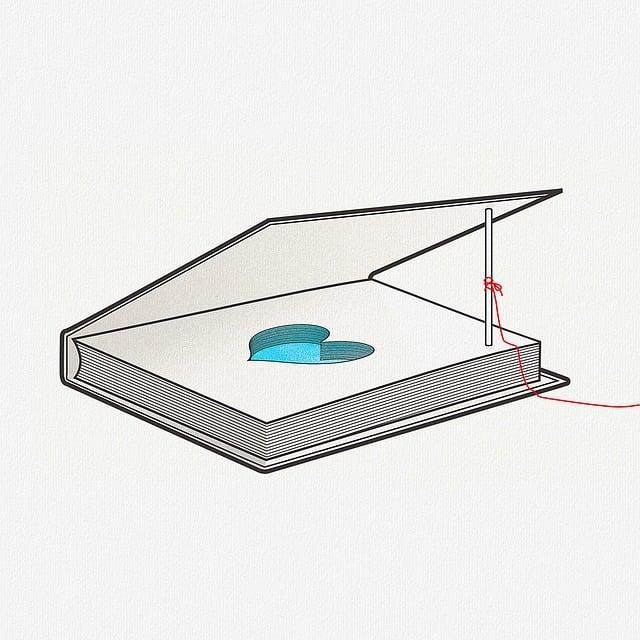Are you tired of bruxism wreaking havoc on your facial appearance? Discover the ultimate solution to reverse the effects and regain your confidence.
1. Understanding Bruxism: The Unseen Effects on Facial Structure
Bruxism, commonly known as teeth grinding, is a condition that affects countless individuals worldwide. While its most apparent impact is on dental health, the unseen effects on facial structure are often overlooked. Bruxism exerts significant pressure on facial muscles and joints, leading to a multitude of issues that can have long-lasting consequences.
Here are a few key points to understand the hidden effects of bruxism on facial structure:
- Temporomandibular Joint (TMJ) dysfunction: Bruxism can strain the TMJ, the joint responsible for jaw movement. This excessive pressure can result in pain, joint stiffness, and limited jaw mobility, making it difficult to perform everyday tasks like chewing or speaking.
- Changes in facial appearance: Over time, bruxism can alter the shape of facial features. The constant grinding and clenching of teeth can lead to a squared-off appearance of the jawline and the development of hypertrophic masseter muscles, giving a broad or bulging appearance to the face.
- Wrinkles and premature aging: The repetitive muscle movements caused by bruxism contribute to the formation of fine lines, wrinkles, and sagging skin around the mouth and cheeks. These premature signs of aging can be particularly noticeable in individuals with long-term or severe bruxism.
It’s vital to recognize that bruxism extends beyond its impact on oral health alone. Understanding the hidden effects on facial structure can help individuals seek appropriate treatment and take preventive measures to minimize the long-term consequences of this condition. Remember, early intervention is key in mitigating the potentially damaging effects of bruxism on your facial appearance and overall well-being.
2. The Impact of Bruxism on Facial Appearance: Alarming Changes Revealed
Bruxism, commonly known as teeth grinding or jaw clenching, can have a significant impact on a person’s facial appearance. The long-term effects of this condition can be alarming, revealing noticeable changes that can affect one’s overall appearance.
Here are some of the ways bruxism can alter facial features:
- Deterioration of the teeth: Bruxism can lead to the wearing down of the tooth enamel, making them appear shorter and more stubby. Over time, this can cause a change in the shape and alignment of the teeth, affecting the overall symmetry of the face.
- Development of facial tension: Regular teeth grinding puts strain on the muscles surrounding the jaw, leading to facial tension and increased muscle mass. This can contribute to a square or overly defined jawline, altering the natural softness and contour of the face.
- Formation of wrinkles and aged appearance: The repeated clenching and grinding of teeth can create additional stress on the facial muscles, causing the development of wrinkles, particularly around the mouth and forehead. This premature aging effect can make a person appear older than their actual age.
It is important to address bruxism early on to prevent these unwanted changes in facial appearance. Seeking treatment from a dental professional can help alleviate the symptoms and minimize the impact on one’s aesthetics.
3. Unveiling the Reversal Solution: Restoring a Youthful Facial Contour
As technology advances, achieving a more vibrant and youthful facial contour has become more accessible than ever before. With our innovative reversal solution, you can restore the natural beauty of your face, bidding farewell to the signs of aging.
Our state-of-the-art procedure offers a range of benefits:
- Enhanced Facial Volume: Rediscover a plump and youthful appearance by addressing the loss of volume caused by aging.
- Smoothing Fine Lines and Wrinkles: Achieve a smoother skin texture as we target fine lines and wrinkles, providing a more rejuvenated look.
- Lifting Sagging Facial Features: Say goodbye to sagging skin and drooping facial features as we lift and tighten, restoring a firmer and more defined look.
Our highly trained experts utilize the most advanced techniques and products to ensure a safe and effective reversal solution. With our personalized approach, we tailor the treatment specifically to your unique facial characteristics and desired outcome.
4. Discovering the Link: Bruxism and Facial Bone Remodeling
Bruxism is a condition that involves clenching or grinding of teeth, often during sleep. Beyond the obvious damage to teeth, recent research has uncovered its link to facial bone remodeling. This discovery has shed light on the potential long-term consequences of bruxism and the importance of addressing it promptly.
Facial bone remodeling refers to the process by which the shape and structure of facial bones change over time. When bruxism occurs, the excessive pressure exerted on the teeth can lead to the remodeling of the surrounding jawbone. Over time, this can result in facial asymmetry, changes in facial contours, and even temporomandibular joint disorders.
To prevent or mitigate the effects of bruxism-related facial bone remodeling, early intervention is crucial. Dentists often recommend the following:
- Wearing a nightguard or splint to protect the teeth and jaw from grinding during sleep.
- Stress management techniques, as stress has been linked to bruxism.
- Proper teeth alignment through orthodontic treatment to distribute forces more evenly.
- Avoiding stimulating substances like caffeine and alcohol, which can exacerbate bruxism.
By understanding the link between bruxism and facial bone remodeling, individuals can take proactive measures to prevent or minimize the potential long-term effects of this condition.
5. A Closer Look at Bruxism Face Change Reversal Techniques
Bruxism, commonly known as teeth grinding, not only affects our dental health but also our facial appearance over time. To address this problem, several bruxism face change reversal techniques have been developed. These techniques aim to restore the natural dimensions and symmetry of the face, helping individuals regain their confident smiles. Here, we explore some of the most effective methods:
- Dermal fillers: Injecting dermal fillers can help plump up areas of the face that have been affected by bruxism. This procedure can reduce the appearance of fine lines, wrinkles, and hollows caused by the repeated clenching and grinding of teeth.
- Botox: Administering botox injections to the jaw muscles can relax their tension, preventing unwanted muscle movement and relieving the strain caused by bruxism. As a result, the shape of the face may be restored, helping individuals achieve a more youthful and relaxed appearance.
- Orthodontic treatment: In some cases, misalignment of the teeth can contribute to bruxism and associated facial changes. Orthodontic treatment, such as braces or clear aligners, can help correct the teeth positioning, restoring proper bite alignment and reducing the strain on the jaw muscles.
It is important to note that choosing the right technique depends on various factors, including the severity of bruxism and individual preferences. Consulting with a qualified healthcare professional or a dentist specializing in bruxism can provide valuable guidance in selecting the most suitable method for addressing the specific facial changes caused by teeth grinding.
6. Effective Approaches to Restoring Facial Symmetry Affected by Bruxism
Facial symmetry, which refers to the balance and harmony of the facial features, can be greatly impacted by bruxism, a condition characterized by teeth grinding and clenching. Fortunately, there are a number of effective approaches available that can help restore facial symmetry and alleviate the negative effects of bruxism. Here are some proven methods:
- Dental splints: Custom-made dental splints can be worn over the teeth during sleep to prevent teeth grinding and reduce the strain on the facial muscles. These splints offer a simple and non-invasive solution, helping to restore facial symmetry gradually over time.
- Botox injections: Botox, a neurotoxin derived from botulinum toxin, can be injected into specific facial muscles affected by bruxism. This treatment temporarily weakens the muscles, preventing them from contracting forcefully and reducing the asymmetrical effects of teeth grinding.
- Physical therapy: Certain facial exercises prescribed by a physical therapist can strengthen weak muscles and improve facial symmetry. These exercises target the affected muscles, helping them relax and promoting a more balanced facial appearance.
When it comes to restoring facial symmetry affected by bruxism, it is important to consult with a qualified dental or medical professional. They can assess the severity of your condition and recommend the most suitable approach for you. By addressing bruxism, these effective methods can help you regain facial symmetry and improve both your oral health and overall well-being.
7. Revitalize Your Appearance: Bruxism Face Change Reversal Explained
Bruxism, commonly known as teeth grinding, is a habit that affects many individuals. Besides leading to dental problems, such as tooth wear and fractures, it can also cause changes in facial appearance over time. If you’re concerned about the impact of bruxism on your appearance, fret not! There are several ways to reverse these changes and revitalize your overall look.
One of the most noticeable effects of bruxism is the development of a square or boxy jawline. This occurs when the constant grinding and clenching of the teeth leads to the hypertrophy or enlargement of the masseter muscles. To combat this, muscle relaxation exercises can be highly effective. Include activities like facial massages, applying warm compresses, and practicing relaxation techniques, such as meditation or yoga, to help reduce muscle tension and promote a more natural, oval-shaped jawline.
In addition to muscle relaxation exercises, botox injections can also be considered as a method to bring back a more youthful appearance. By injecting the botulinum toxin into the masseter muscles, it reduces their size and subsequently softens the jawline. This not only helps in reversing the square jaw appearance but also brings balance to the overall facial features. Remember to consult with a qualified medical professional for this procedure, as they can best assess your specific needs and provide appropriate guidance.
Furthermore, addressing any underlying stress or anxiety that may contribute to bruxism is crucial. Stress management techniques, such as counseling, therapy, or even engaging in enjoyable hobbies, can help alleviate the triggers that lead to teeth grinding. A balanced lifestyle, proper sleep habits, and avoiding certain substances like caffeine or alcohol before bedtime can also assist in reducing bruxism and, consequently, any related facial changes.
8. Bruxism Face Change Reversal: A Journey Towards a Renewed Self-Image
Living with bruxism can have a significant impact on our self-image. The constant grinding and clenching can lead to unwanted changes in our facial appearance, causing us to feel self-conscious and unhappy with our reflection. But fear not, because there is hope for a renewed self-image! In this article, we will explore the journey towards reversing the face changes caused by bruxism, helping you regain your confidence and smile.
1. Understanding Bruxism: The first step in reversing the face changes caused by bruxism is to understand the condition itself. Bruxism refers to the unconscious grinding, clenching, or gnashing of teeth, often during sleep or periods of stress. This habit can result in various facial changes such as a square jawline, worn-down teeth, facial muscle hypertrophy, and even lines and wrinkles. By recognizing the root cause of these changes, we can effectively address and reverse them.
2. Seeking Professional Help: Consulting with a dental professional or maxillofacial surgeon is crucial in your journey towards reversing the effects of bruxism on your face. They can assess your specific case, recommend suitable treatment options, and guide you towards the best course of action. Whether it be orthodontic interventions, facial massage techniques, or even Botox injections to relax overactive facial muscles, seeking professional help ensures that you receive appropriate and effective solutions.
3. Taking a Holistic Approach: Reversing face changes caused by bruxism requires a holistic approach to address both the physical and psychological aspects of the condition. Incorporating stress management techniques such as meditation, yoga, or counseling can help reduce the underlying triggers of bruxism. Additionally, maintaining good oral hygiene practices, using a custom mouthguard during sleep, and adopting relaxation exercises for the facial muscles can all contribute to halting and reversing the effects of bruxism on your face.
Remember, your self-image should never be compromised by bruxism. Take control of your journey towards a renewed self-image and discover the countless possibilities that await you!
9. Science Meets Aesthetics: Cutting-Edge Treatments for Reversing Bruxism Effects
Bruxism, commonly known as teeth grinding, can have a detrimental effect on both the structure and aesthetics of our teeth. However, science has offered cutting-edge treatment options that not only reverse the effects of bruxism but also enhance the overall aesthetic appearance of our smiles.
One such innovative treatment is dental bonding. This procedure involves applying a tooth-colored resin material to the damaged teeth to restore their natural shape and color. Dental bonding is a quick and painless solution that can effectively repair chipped, cracked, or worn-down teeth caused by bruxism. It provides a seamless, natural look and can significantly boost your self-confidence.
Another advanced treatment for bruxism effects is porcelain veneers. These thin, custom-made shells are bonded to the front surface of teeth to cover imperfections, including discolored or unevenly shaped teeth. Porcelain veneers not only protect your teeth from further damage but also create a beautiful, symmetrical smile. With their incredible durability and natural appearance, veneers are an excellent long-term solution for bruxism-related cosmetic concerns.
10. Empowering Yourself: Taking Control of Bruxism and Restoring Your Natural Beauty
Bruxism, commonly known as teeth grinding, can be a challenging condition to deal with. However, don’t fret! Taking control of bruxism and restoring your natural beauty is something you can achieve. Here are some steps to empower yourself and alleviate the effects of bruxism:
- Recognize the signs: Be aware of the symptoms associated with bruxism, such as worn-down teeth, jaw pain, and headaches. Identifying these signs early on can help you take action and prevent further damage.
- Reduce stress: Bruxism is often linked to stress and anxiety. Practicing stress-management techniques like deep breathing exercises, meditation, or engaging in relaxing activities can help alleviate bruxism symptoms.
- Protect your teeth: Wearing a custom-made mouthguard during the night can be highly effective in preventing teeth grinding and reducing its impact on your dental health. Consult with a dentist to get a professional fitting for a mouthguard.
- Improve your sleep routine: Inadequate sleep can worsen bruxism. Establish a regular sleep schedule, create a relaxing bedtime routine, and optimize your sleep environment to ensure a good night’s rest.
- Seek professional help: If bruxism persists or causes severe discomfort, consult a dentist or a specialist who can provide personalized treatment options, which may include Botox injections, behavior therapy, or dental corrections.
Remember, bruxism shouldn’t hinder your natural beauty. By taking control of this condition, you can restore your dental health and maintain the confident smile you deserve!
In conclusion, reversing the effects of bruxism on the face is possible. By identifying and treating the root cause of teeth grinding, individuals can restore their facial features and regain their natural appearance. Early intervention, lifestyle modifications, and dental interventions play a crucial role in achieving successful facial change reversal. Don’t let bruxism alter your face permanently, take action today and restore your beautiful smile.






